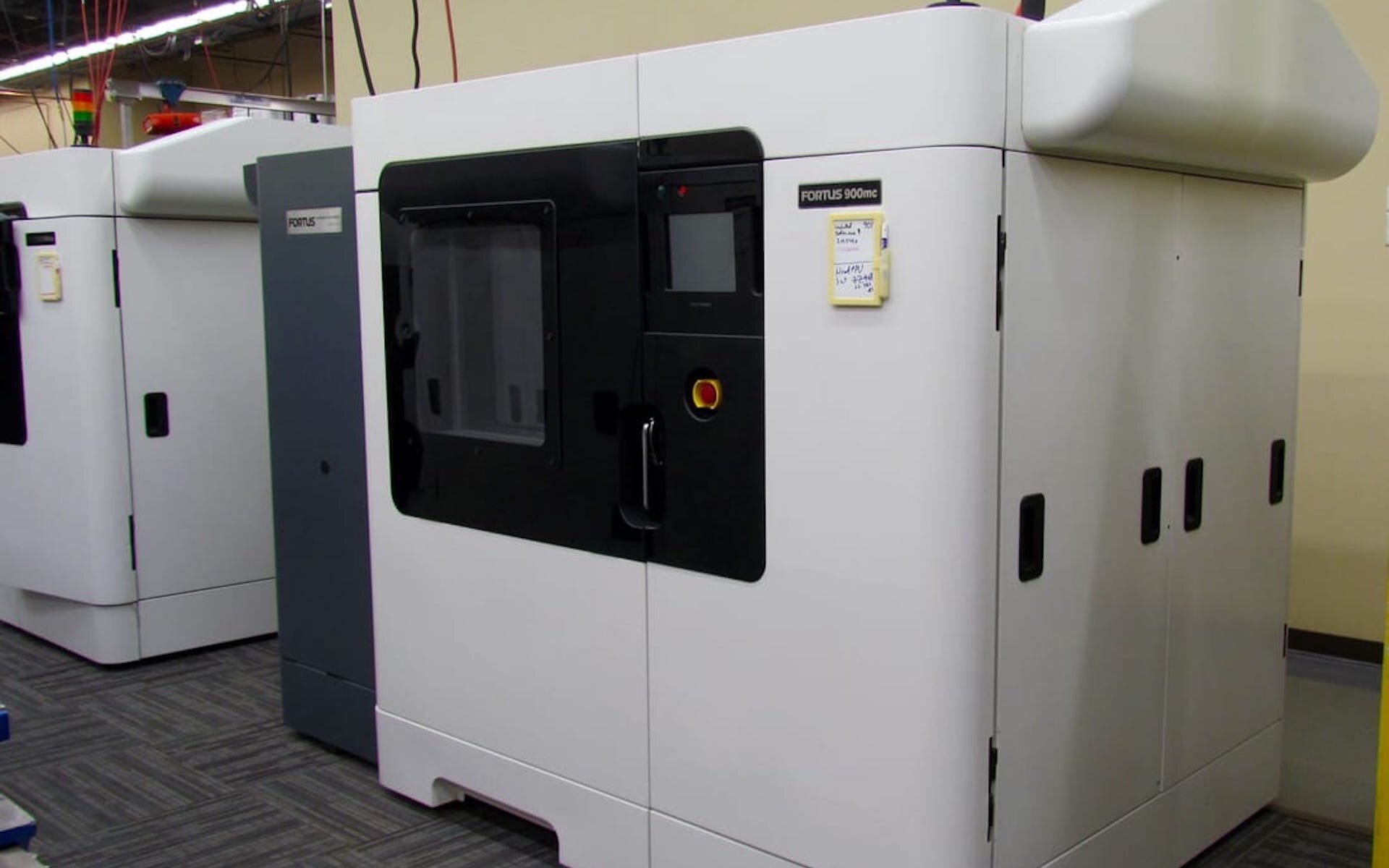![Some production-quality 3D printers [Source: Fabbaloo]](https://fabbaloo.com/wp-content/uploads/2020/05/image-asset_img_5eb09079d340f.jpg)
I’m reading a piece in Plastics News by Karen Laird that discusses the hype over additive manufacturing.
The premise is that somehow 3D printing / additive manufacturing techniques are about to overpower the traditional manufacturing processes of injection molding, casting, stamping, etc. This premise is very far from the truth, and Laird explores several reasons why this is the case.
She discussed this with Nigel Flowers, United Kingdom managing director of Sumitomo (SHI) Demag, who cited these areas of interest (“myths”) regarding the notion of AM “taking over”:
-
Economies of scale: The ability of traditional processes to produce large quantities of items at increasingly low costs, lower than AM.
-
Environmental footprint: The wastage of material during production, more with traditional manufacturing processes, but still noticeable with AM
-
Real-time manufacturing: The ability to produce custom items, better with AM, more costly with traditional approaches
-
Repeatability: The ability to consistently produce near-identical (within tolerance) items
-
Quality: The ability to produce items with desired levels of surface quality
-
Traceability: The ability to know precisely how, when and with what a given item was produced
-
Strength: The mechanical strength of an object produced with either processes
Additive Manufacturing Not The Future?
The general point of Laird’s analysis is that traditional manufacturing processes have nothing to fear from additive manufacturing, and in fact the two are even complementary. She says:
“Amid the general euphoria about the opportunities presented by additive manufacturing, there are those who take a more level-headed view of the disruptiveness of the technology.”
At the moment, I believe this to be quite true. There are countless scenarios in which an item should definitely be produced using traditional approaches. Usually, the cheapest option should be selected that meets the quality criteria for a given number of units.
Costs of Traditional Manufacturing
For example, if you are to produce 100,000 identical plastic clamps, it’s highly likely you should do this with injection molding processes, as they would offer the best price at that volume. The problem with most traditional processes is that you must spend a considerable amount of money to “tool up”, which usually means making a mold for casting or injection.
However, if the number of units is very high, then the cost of that tooling essentially disappears within the unit price. Let’s do some arithmetic.
Let’s assume the cost of producing a reusable metal injection mold is US$48K for our plastic clamp. Let’s also assume it costs US$0.05 for the material and US$0.05 for labor (assuming multiple can be done in one injection mold shot).
If we were to produce only one clamp with this mold and process, the unit cost of that single clamp would be US$48,000.10. Pretty pricey, wouldn’t you say?
Now let’s up the volume a bit. Suppose we require 100 units. The price per unit would be US$480.10. That’s still quite expensive. It’s far more than a typical clamp customer would pay.
Now let’s make 1,000,000 units. The cost per clamp then drops to only US$0.15. That’s a very reasonable price, and certainly would allow for a good profit if the clamp were sold at US$1.59.
Low-Volume Manufacturing
When looking at these calculations, it seems there is an invisible line below which it might be more appropriate to produce the items with additive manufacturing, which delivers objects at a fixed price per unit, regardless of the quantity.
It is clear that, at least for any object requiring a significant quantity of units, traditional processes are best.
However, my point is that this is a situation in flux. While traditional manufacturing processes have more or less stabilized in capability over decades, 3D printing is in a constant state of improvement, and quite dramatically so at times.
If we were to wind the clock back twenty years, we would see that the 3D printing tech of the day was used only for limited types of rapid prototyping. That was because the materials available were not suitable for “real” use.
Well, things changed.
Manufacturing Evolution
More and better materials came into the 3D printing universe. These materials were sometimes the same materials used in regular production.
This opened up the possibility of using 3D printing for production purposes, but there was still the “economy of scale” barrier as above.
However, for lower unit volumes, 3D printing makes a great deal of sense nowadays. In fact, there is now a growing industry of “low-volume manufacturing” using additive manufacturing techniques.
Manufacturing In The Future
The manufacturing world is somewhat different than it was years ago, and it continues to change.
Over the past few years, that invisible line continues to move upward. Now it’s possible to economically produce hundreds, or even in some cases, thousands of units using additive manufacturing as vendors incrementally and radically improve their processes.
It may not seem clear at this point, but that line will continue to move upward in the future. We may well see a time when a very significant portion of manufacturing is performed using additive manufacturing processes.
Keep watching that line.
Via Plastics News

